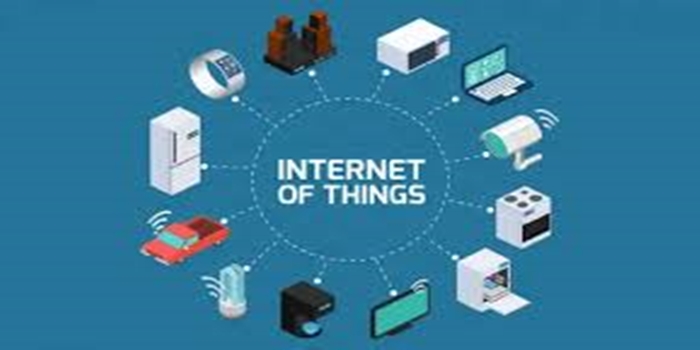In this article, we discussed the meaning of internet of things, the types, the examples, we also talked about the benefits.
Definition
The Internet of Things (IoT) is a network of devices that can connect and exchange data with other devices and systems over the internet. IoT devices are made up of sensors, software, and other technologies that allow them to process information and communicate.
IoT devices can include:
Smart appliances
Connected cars
Smart security systems
Smart thermostats
Smart lighting
Smart plugs
Voice assistants
Smart locks
Smart smoke detectors
Smart garden systems
The Internet of Things (IoT) can be categorized into four main types:
Consumer IoT
Devices that people use for personal use, such as smart home devices, wearables, and personal health trackers
Commercial IoT
Smart devices used in businesses, such as connected devices in retail and healthcare
Industrial IoT
Focuses on industrial applications like manufacturing, logistics, and energy management
Infrastructure IoT
Supports urban infrastructure, including smart cities and transportation systems
IoT devices are physical objects that are embedded with sensors, software, and network connectivity to collect and exchange data.
Smart home: Smart lighting can be used to save energy and change the light ambiance using a smartphone app or smart hub device
Manufacturing: IoT can be used to optimize processes and improve efficiency and cost in manufacturing
Agriculture: IoT can transform farming through precision data
Here are some examples of the Internet of Things (IoT):
Smart homes
IoT devices can make homes more convenient and secure, with features like door and window contacts, motion detectors, and smart doorbells.
Healthcare
IoT devices can help patients and those at risk of health conditions by providing continuous health data. This can lead to personalized treatment plans, remote patient monitoring, and predictive healthcare.
Industrial IoT
IoT devices can help industrial companies improve production processes by collecting data from sensors and equipment. This data can be used to generate real-time analytics to improve decision-making and cost efficiency.
Smart supply chain management
IoT devices can help managers make better predictions by using smart routing and rerouting algorithms. GPS and RFID signals are examples of IoT devices used in supply chain management.
Smart farming
IoT-enabled tools can help farmers monitor weather, soil composition, crop health, and livestock activity.
Other examples of IoT include: Voice assistants like Alexa and Siri, Smart vacuum cleaners, Smart offices, IoT tracking and monitoring systems, and Ingestible sensors.
The Internet of Things (IoT) has many benefits, including:
Efficiency: IoT can automate processes and connect devices, which can lead to increased efficiency in many industries.
Data collection: IoT can improve data collection and analysis.
Safety: IoT can improve safety by monitoring remote equipment and ensuring regulatory compliance.
Cost savings: IoT can lead to cost savings.
Customer experience: IoT can enhance customer experiences.
Decision-making: IoT can enable data-driven decision-making.
Environmental impact: IoT can reduce the environmental impact of operations.
IoT can benefit many industries, including:
Manufacturing
Healthcare
Agriculture
Retail
Transportation and logistics
Energy and utilities
Smart cities
However, IoT also has some drawbacks, including security and privacy concerns. As more devices become connected, there are more entry points for hackers.
The main benefits of the Internet of Things (IoT)
Cost savings.
Improved data collection.
Increased automation.
Efficiency.
Safety.
Convenient monitoring.
Enhanced customer experiences.
Accurate analysis.
Conclusion
Internet of Things, refers to the collective network of connected devices and the technology that facilitates communication between devices and the cloud, as well as between the devices themselves. It is a network of devices that can connect and exchange data with other devices and systems over the internet.


